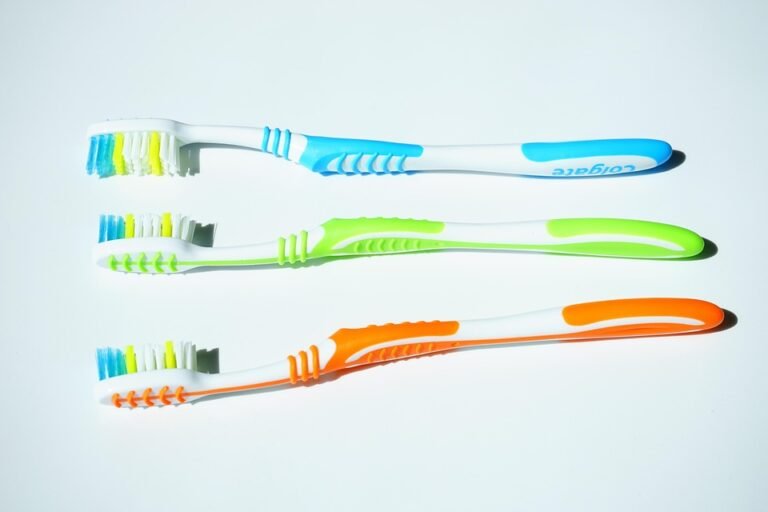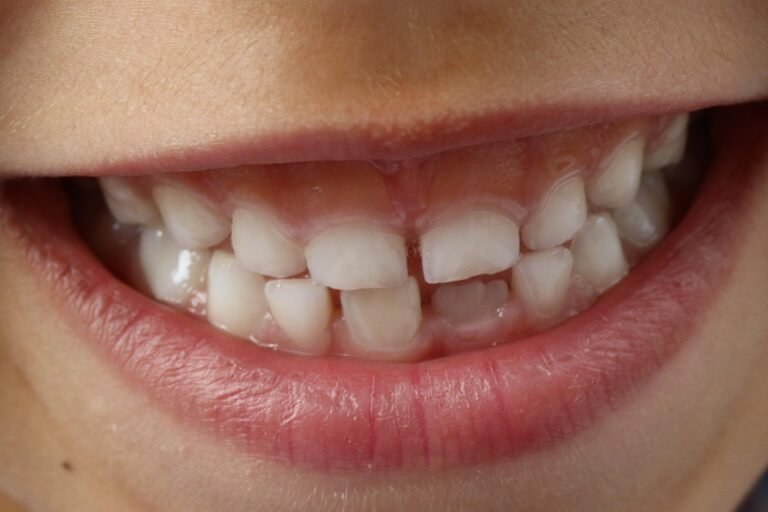What certifications can verify the sustainability of dental product packaging?
Okay, here we go:
I’m a sustainability officer at a dental supply company and we’re trying to revamp our product packaging to be more environmentally friendly. We’re looking into various materials and designs but want to be able to back up our claims with recognized certifications. I need certifications that are respected and actually mean something, not just greenwashing attempts.
Specifically, what certifications are out there that verify the sustainability of dental product packaging? I’m interested in certifications that address things like:
- Recycled Content: Certifying the percentage of recycled materials used in the packaging.
- Compostability/Biodegradability: Certifying that the packaging can break down in specific environments (home, industrial, marine).
- Forest Stewardship: Certifying responsible sourcing of paper or wood-based packaging.
- Reduced Plastic Usage: Certifying significant reductions in plastic compared to previous designs or industry standards.
- Toxicity/Chemical Safety: Certifying the absence of harmful chemicals in the packaging materials and inks.
Bonus points if you can include links to the certification organizations and any key considerations we should keep in mind when pursuing these certifications (e.g., cost, requirements, limitations). We’re dealing with packaging for everything from toothpaste tubes to dental floss containers, so something applicable across a range of product types would be ideal.
Answer
Several certifications can verify the sustainability of dental product packaging, focusing on different aspects like material sourcing, recyclability, compostability, and overall environmental impact. Here’s a breakdown of some key certifications and what they signify:
1. Forest Stewardship Council (FSC) Certification:
- Focus: Responsible forest management for paper and cardboard packaging.
- Significance: Ensures that the paper used in the packaging comes from sustainably managed forests that are harvested responsibly, protecting biodiversity, ecosystem services, and workers’ rights.
- Different Labels: FSC 100% (all materials from FSC-certified forests), FSC Recycled (made from recycled content), and FSC Mix (a combination of FSC-certified, recycled, and/or controlled wood). For dental product packaging, using FSC-certified cardboard boxes, paper inserts, or paper labels demonstrates a commitment to responsible forestry.
2. Sustainable Forestry Initiative (SFI) Certification:
- Focus: Promoting sustainable forest management practices.
- Significance: Similar to FSC, SFI certification indicates that the paper-based packaging comes from forests managed using sustainable forestry practices, with a focus on responsible harvesting and reforestation.
- Comparison to FSC: While both aim for sustainable forestry, there are differences in their standards and governance. Some consider FSC to have more stringent environmental requirements.
3. Programme for the Endorsement of Forest Certification (PEFC):
- Focus: An umbrella organization that endorses national forest certification systems.
- Significance: PEFC recognizes and endorses credible, locally relevant forest certification systems developed in different countries. It provides assurance that the forest management practices meet internationally recognized sustainability benchmarks.
- Global Reach: PEFC certification is particularly relevant for companies sourcing paper or cardboard from various regions around the world.
4. Recycled Content Certifications (e.g., Recycled Claim Standard (RCS) and Global Recycled Standard (GRS)):
- Focus: Verifying the percentage of recycled materials used in the packaging.
- Significance: RCS and GRS track recycled materials from the source to the final product. These certifications ensure that the recycled content claims are accurate and that the materials have been properly recycled. This reduces the demand for virgin materials.
- Applicability: Used for both paper/cardboard and plastic packaging. A dental product package with an RCS or GRS label signifies that a certain percentage of the packaging is made from recycled materials, promoting a circular economy.
5. Compostability Certifications (e.g., Biodegradable Products Institute (BPI) and TÜV AUSTRIA’s OK Compost):
- Focus: Ensuring that the packaging is compostable under specific conditions (industrial or home composting).
- Significance: BPI (North America) and OK Compost (Europe) are leading certification programs for compostable products and packaging. They verify that the materials will break down completely in a composting environment within a defined timeframe, without leaving harmful residues.
- Types: OK Compost INDUSTRIAL indicates compostability in industrial composting facilities. OK Compost HOME means the packaging is compostable in a home composting system.
- Relevance: Applicable for some flexible plastic packaging, molded fiber trays, and certain types of paper-based packaging used for dental products.
6. ASTM D6400/D6868 Standards:
- Focus: Standards for compostable plastics.
- Significance: These ASTM standards define the requirements for plastics to be considered compostable. ASTM D6400 addresses compostability in municipal and industrial aerobic composting facilities, while ASTM D6868 addresses compostability of packaging and other products, including coatings and additives.
- Usage: Although not certifications themselves, these standards are often referenced by certification bodies like BPI to evaluate compostability claims.
7. UL Environment Claims Validation:
- Focus: Independent verification of environmental claims, including recycled content, compostability, and recyclability.
- Significance: UL (Underwriters Laboratories) provides third-party validation of environmental claims, providing assurance to consumers and businesses that the claims are accurate and substantiated.
- Scope: UL can validate a wide range of environmental claims related to dental product packaging, providing a comprehensive assessment of its sustainability.
8. Cradle to Cradle Certified:
- Focus: A holistic assessment of a product’s sustainability across five categories: material health, material reutilization, renewable energy and carbon management, water stewardship, and social fairness.
- Significance: Cradle to Cradle Certified products are designed to be safely and perpetually cycled, either back to nature or back to industry. It looks beyond just the materials used, considering the entire lifecycle of the packaging.
- Levels: Certification is awarded at different levels (Basic, Bronze, Silver, Gold, Platinum), reflecting increasing levels of achievement.
9. How2Recycle Label:
- Focus: Providing clear and consistent recycling instructions to consumers.
- Significance: This label informs consumers whether a package is widely recyclable, recyclable in some communities, or not recyclable. It increases the likelihood that packaging will be properly recycled.
- Transparency: Helps consumers make informed decisions about how to dispose of dental product packaging.
10. EN 13432 Standard:
- Focus: European standard for compostability of packaging.
- Significance: Specifies requirements for packaging recoverable through composting and biodegradation. It defines criteria for biodegradability, disintegration, ecotoxicity, and heavy metal content.
- Relevance: Important for packaging intended for the European market and often used in conjunction with OK Compost certification.
11. ISO 14001 (Environmental Management Systems):
- Focus: This is not a product certification, but rather a certification for a company’s environmental management system (EMS).
- Significance: Demonstrates that the company has a structured framework for managing its environmental impacts, which can include sustainable packaging initiatives. While not directly certifying the packaging itself, ISO 14001 certification can provide confidence that the company is committed to reducing its environmental footprint.
Importance of Due Diligence:
It’s crucial to verify the validity of any certification claimed on dental product packaging. Check the certifying organization’s website to ensure the certification is current and that the specific product/packaging is covered by the certification scope. Look for the certification mark or logo on the packaging itself. A reputable certification will have a traceable audit trail.


